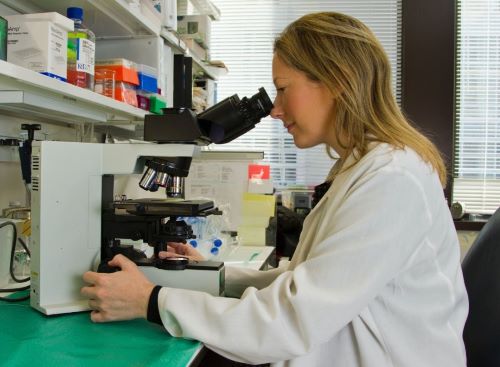
Gene therapy is a rapidly advancing medical process used around the globe today to correct specific genetic abnormalities. Researchers are working to prevent and treat dangerous conditions caused by faulty genes through the insertion of properly functional ones. It can also be achieved by modifying any existing defected gene. This can treat various conditions among humans, including sickle cell anemia, muscular dystrophy, and even cystic fibrosis and hemophilia. There are three ways through which gene therapy is possible:
- Gene Insertion
Gene insertion is the only FDA-approved version of gene therapy used today. Specific genetic material is sent to the patient’s body via various vectors through gene insertion. This genetic material turns into a fully functional protein if the insertion goes successfully. Additional proteins are then created, which can change the conditions of the body and slowly reverse the disease. However, it must be noted that an artificial protein entering the human body can disturb the ongoing system of proteins and lead to wide-ranging consequences. Drawbacks have encouraged researchers to find alternative ways of gene therapy to be administered in the future.
- Gene Modification
In this method, the parts of DNA that carry a faulty gene or a defect are altered to correct the condition. Technological limitations hinder the execution of this technique currently, but research on tools such as CRISPR shows promise. If the world moves towards this method instead of gene insertion, the risk of disturbing the functioning of proteins will be reduced as no new proteins will be introduced. However, off-target segments of DNA may be disturbed. This method also comes along with specific ethical implications as it may enable researchers to alter other characteristics in the patient’s or an embryo’s body.
- Gene Replacement
This technique is the ultimate goal for the research community working in gene therapy. Gene replacement can occur through genetic surgery, and any defective DNA sequence can be removed. Professionals can then make a cloned copy of a normal DNA sequence to replace the sequence that carries an abnormality. Recent developments in this area have shown some success in this method but more research needs to be carried out.
Endnote
Gene therapy is a promising treatment method for life-threatening diseases. The three approaches of gene therapy work in different ways but towards the same goal: helping the patient’s body eliminate a disease or prevent it from occurring in the first place. It is to be noted that any alterations in non-reproductive somatic cells will not be passed on to the children, and the offspring can still carry defected hereditary genes. However, the long-term viability of the children of individuals who have undergone gene therapy is yet to be determined.
Gene therapy is an excellent discovery in medicine and will soon become an everyday word used in households around the world. The potential of this treatment is boundless. Gene therapy today is expensive and out of reach for many. However, as research increases in this area, alternative and more cost-effective procedures can be expected in the future. This will make genome treatments accessible to all.







